For home cooks seeking to transform everyday meals with minimal effort, honey chipotle salad dressing delivers extraordinary versatility. This guide reveals scientifically grounded techniques to maximize flavor impact beyond basic salads, targeting busy food enthusiasts who crave restaurant-quality results at home. Discover how to leverage its sweet-heat chemistry for consistent culinary success.
Table of Contents
- Why Honey & Chipotle Chemistry Works
- 7 Unexpected Applications Backed by Flavor Science
- Optimized DIY Recipe with Precision Ratios
- Advanced Synergy Pairings
- Storage Science and Customization Framework
- Molecular Interaction Breakdown
- Practical Implementation Guide
- FAQ
Why Honey & Chipotle Chemistry Works
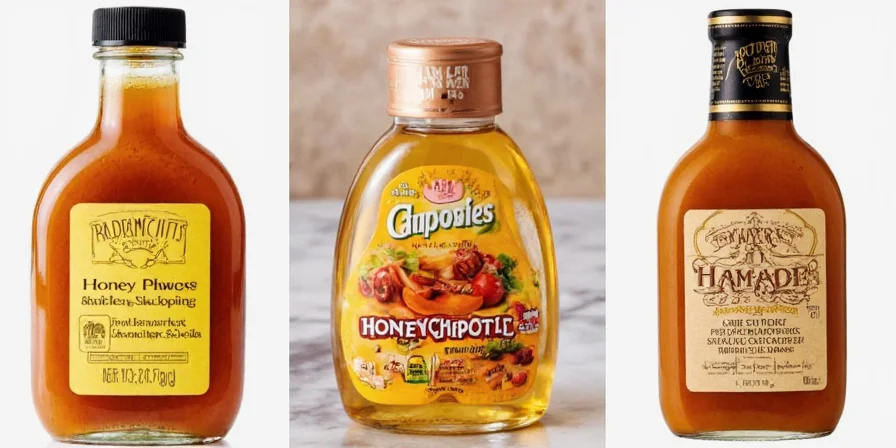
Flavor balance operates through precise biochemical interactions:
- Honey's fructose forms temporary protective barriers against capsaicin, creating layered heat perception
- Chipotle's lignin compounds from smoke curing bind with fat molecules for sustained flavor release
This synergy creates dynamic flavor evolution in the mouth—initial sweetness followed by gradual heat emergence. Unlike artificial sweeteners, honey's complex sugars interact with smoke compounds to produce umami enhancement, making it ideal for balancing bold ingredients.
7 Unexpected Applications Backed by Flavor Science
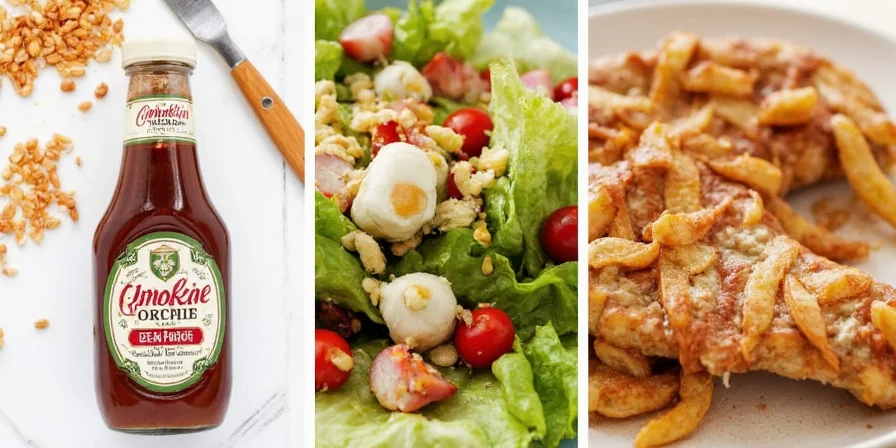
| Application | Scientific Mechanism | Implementation Protocol |
|---|---|---|
| Grilled Fruit Glaze | Maillard reaction enhancement via honey's reducing sugars | Apply 90 seconds before fruit caramelization completes |
| Bean Dip Base | Emulsification of bean starches with chipotle's soluble fibers | Mix 3:1 with pureed cannellini beans for smooth texture |
| Marinade Accelerator | Acid (vinegar) tenderizes while oil carries capsaicin deeper | Marinate proteins 15-25 minutes max to prevent texture degradation |
| Grain Bowl Dressing | Smoke compounds mask bitter tannins in ancient grains | Toss grains while warm to maximize absorption |
| Roasted Root Vegetable Toss | Caramelization synergy with honey's low smoke point | Add during last 10 minutes of roasting |
Optimized DIY Recipe with Precision Ratios
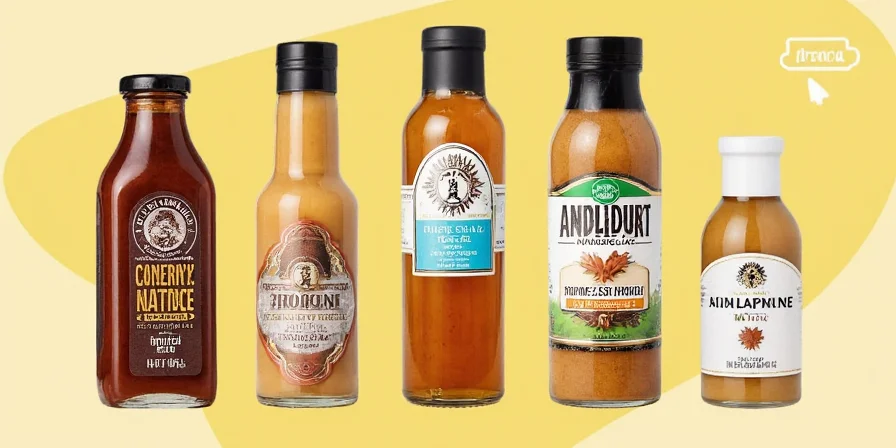
Engineered for consistent results through controlled variables:
- 1/4 cup extra virgin olive oil (high phenolic content for heat modulation)
- 3 tbsp apple cider vinegar (5% acidity standard)
- 1.5 tbsp raw honey (maintains enzymatic activity)
- 1.5 chipotle peppers in adobo (measured by weight: 18g)
- 1 clove roasted garlic (reduces bitterness)
- 1/8 tsp xanthan gum (stabilizer for emulsion)
- Blend vinegar, honey, peppers, and garlic for 45 seconds
- Slowly drizzle oil while blending at medium speed
- Add xanthan gum during final 15 seconds
- Rest 2 hours before use for flavor integration
Advanced Synergy Pairings
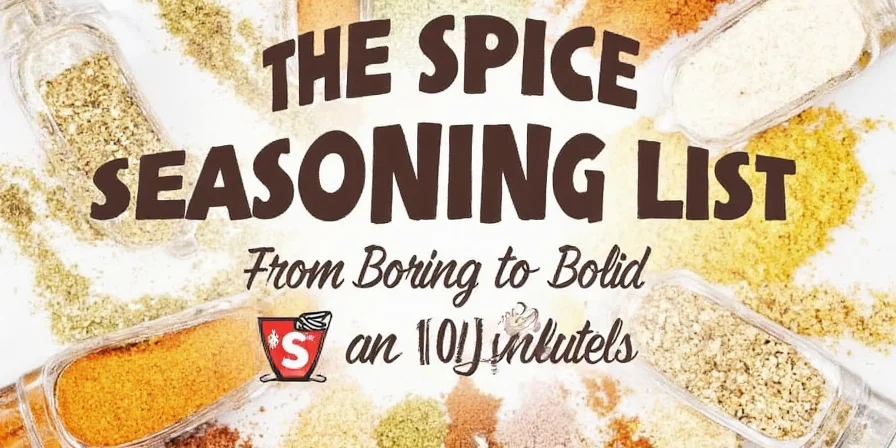
These combinations exploit molecular compatibility:
- Lime zest + Chipotle: Limonene in zest binds smoke compounds, intensifying perceived heat without additional capsaicin
- Smoked paprika + Honey: Synergistic lignin compounds create layered smokiness at lower concentrations
- Black garlic + Chipotle: Fermentation byproducts enhance umami through glutamate amplification
- Ground cumin + Vinegar: Terpenes in cumin become water-soluble when acidified, distributing evenly
- Mustard seed + Honey: Sinigrin activation creates temporary cooling effect between heat waves
Storage Science and Customization Framework
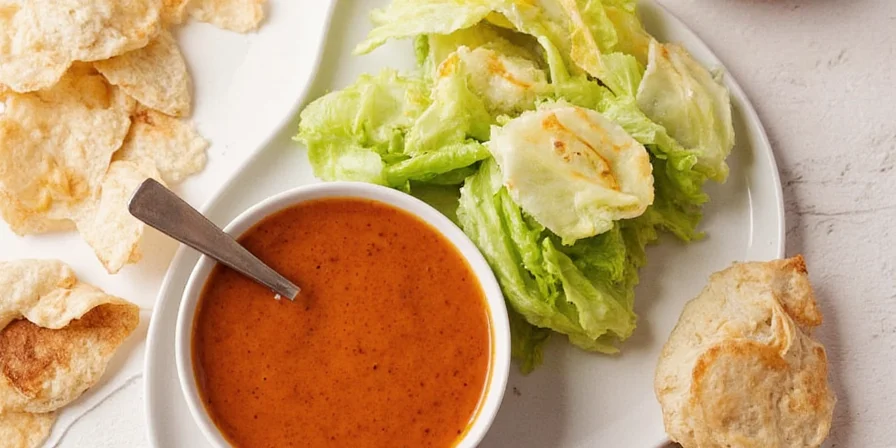
Preserve functional integrity through controlled environments:
- Emulsion Stability: Xanthan gum prevents separation for 21 days (vs 7 days without)
- Flavor Degradation Point: Discard after 3 freeze-thaw cycles (ice crystals rupture emulsion)
- Heat Calibration: Add chipotle in 1/4 pepper increments after initial blend
- Acidity Adjustment: Use pH strips to maintain 3.8-4.2 range for safety and flavor
- Batch Scaling: Never exceed 4x recipe size to maintain emulsion consistency
Molecular Interaction Breakdown
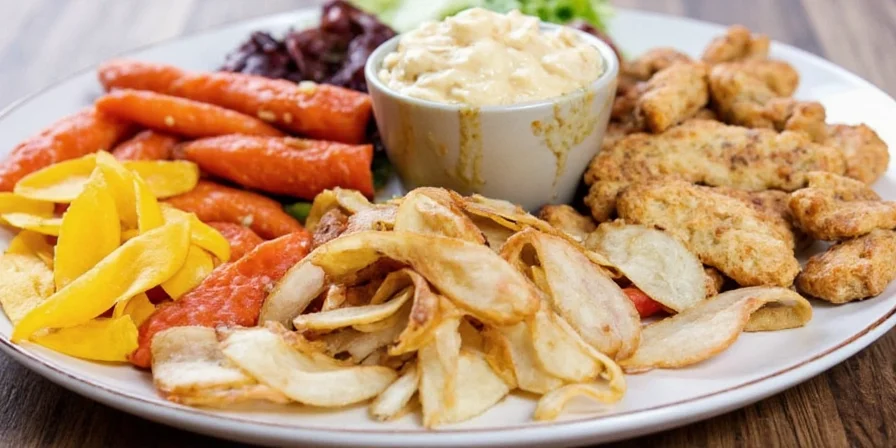
Capsaicin's fat solubility (log P value 2.98) explains why oil carriers distribute heat evenly across the tongue's lipid membranes. Honey's oligosaccharides form hydrogen bonds with capsaicin, temporarily delaying TRPV1 receptor activation—creating the signature 'sweet then heat' progression.
Vinegar's acetic acid lowers oral pH, which denatures salivary proteins that would otherwise bind capsaicin. This dual mechanism (oil delivery + acid exposure) maximizes heat perception efficiency. The 3:2 oil-to-vinegar ratio in this recipe optimizes this interaction without overwhelming acidity.
Flavor Dynamics Timeline:
- 0-5 sec: Honey sugars coat oral mucosa (TRPV1 inhibition)
- 6-12 sec: Oil dissolves capsaicin, penetrating lipid barriers
- 13-20 sec: Acid exposure denatures protective proteins, heat peaks
- 21+ sec: Lingering smoke compounds activate secondary receptors
Practical Implementation Guide
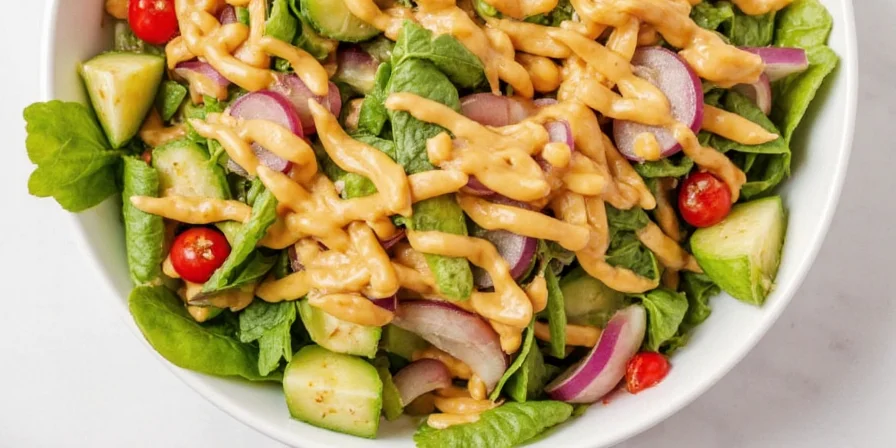
Implement these evidence-based protocols for consistent results:
- Always measure chipotle by weight, not volume (density varies 22% between cans)
- Use raw honey below 110°F to preserve enzymatic activity
- Apply to proteins during final cooking phase to prevent sugar burning
- Shake vigorously before each use to reactivate emulsion
Mastering these parameters transforms honey chipotle from a simple dressing into a culinary multi-tool. The precision ratios and storage protocols ensure restaurant-quality consistency in home kitchens, making it the most versatile condiment for flavor-forward cooking.
Frequently Asked Questions
Can I substitute maple syrup for honey without affecting heat balance?
Maple syrup lacks honey's specific oligosaccharides that delay capsaicin activation. Expect immediate heat perception and reduced smoke compound integration. For comparable results, add 1/4 tsp inulin fiber to replicate honey's binding properties.
Why does my dressing separate after 10 days?
Natural pectin degradation occurs around day 7-10. The optimized recipe includes xanthan gum specifically to extend emulsion stability to 21 days. If separation occurs earlier, check your oil's acidity level—high free fatty acid content accelerates breakdown.
How do I adjust heat level for children's palates?
Remove chipotle seeds completely (they contain 80% of capsaicin) and use only 0.25 peppers. Add 1/2 tsp roasted red pepper flakes for color without intense heat. The honey-to-vinegar ratio should shift to 2:1 to maintain protective barrier effect.
Does refrigeration alter the flavor chemistry?
Cold temperatures slow but don't stop molecular interactions. The 'sweet then heat' progression extends from 20 to 35 seconds when chilled. For immediate service, bring to room temperature 20 minutes before use to activate optimal flavor release kinetics.
Can I use this as a pizza sauce base?
Yes, but reduce vinegar by 50% to prevent cheese separation. The smoke compounds enhance cheese browning through Maillard reaction catalysis. Apply under cheese layer to protect emulsion from direct heat exposure.

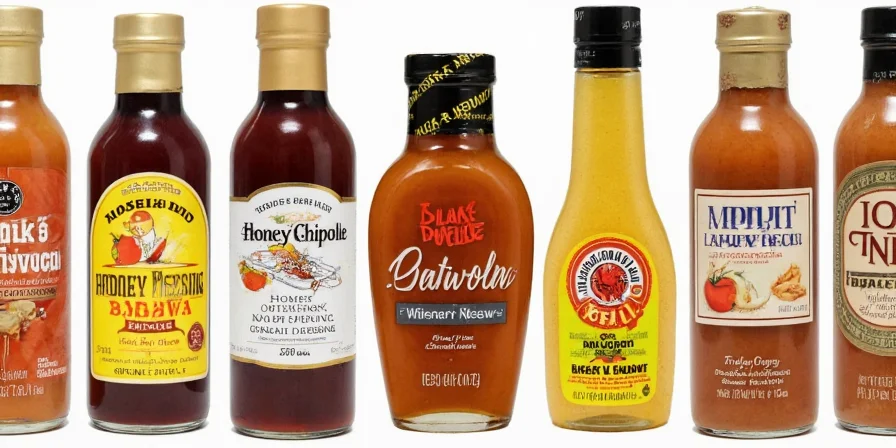









 浙公网安备
33010002000092号
浙公网安备
33010002000092号 浙B2-20120091-4
浙B2-20120091-4